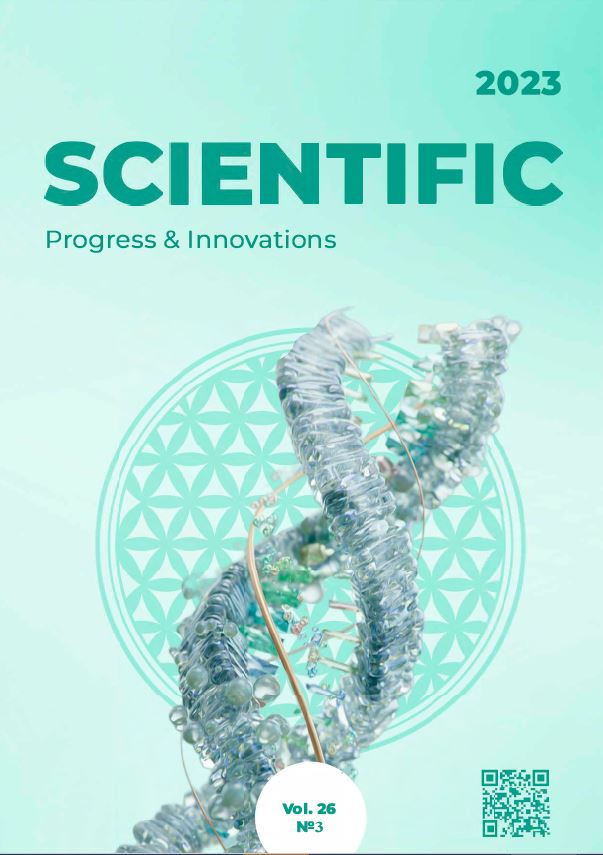Breeding pig farming of Ukraine: challenges of the time
DOI:
https://doi.org/10.31210/spi2023.26.03.15Keywords:
pigs, breeds, breeding base, genealogical structure, lines, families, productivityAbstract
The article highlights the state of breeding pig breeding in Ukraine in the first year of the war, the indicators of the reduction of the pig population and the network for their breeding are given. It was found that compared to the pre-war period (2021), the number of herds decreased by 20.3 %, the number of boars decreased by 21.5 %, and sows decreased by 17.3 %. The pig gene pool in Ukraine is currently represented by 7 breeds: Great White, Durok, Landrace, Pietren, Poltava Meat, Welsh and Red White Belt, and only the Great White, Landrace and Pietren have gained the most use. As a result of the hostilities, three domestic local breeds disappeared: Ukrainian Meat, Ukrainian Steppe Spotted and Ukrainian Steppe White. The analysis of the genealogical structure of the available breeds of pigs, which were kept in the subjects of the breeding business of Ukraine in 2022, proved the presence in almost every one of them of a significant number of genealogical formations that do not belong to a specific population, most likely these are imported livestock, which used for the production of pork on an industrial basis. Among the most numerous and used breed – the Large White, 59.8 % of boars and 20.8 % of sows are not united in the relevant genealogical formations or by country of origin, but have only a number, and a different and mostly working number, which confirms their non-purebred basis . In the landrace breed, 89.4 % are not purebred boars, and 90.4 % are sows. In such a situation, the remaining purebred pig population is in danger of disappearing not because of hostilities, but because of its absorption by foreign material. Sows of the studied breeds were characterized by significant variability of reproductive capacity indicators within significant limits of variation of traits both between breeds and within the breed. It was found that sows are involved in reproduction at the age of 12.3–14.4 months. The greatest range of multifertility was found among queens of the Large White breed (8–15 heads) and Landraces (10.8–17.8 heads). Even taking into account the different periods of weaning of piglets from sows, the weight of the nest of piglets in some subjects of the breeding business has unrealistically high indicators even when the piglets are weaned at the age of 60 days – 240–395 kg (requirements – no higher than 180 kg), proving the absence of purebred breeding and tribal registration. It confirms the dogma of pork production on an industrial basis in breeding herds and the upper limit of the average daily gain of repair young animals (except Welsh and Red White Belt breeds) at the level of 735-860 g, while for breeding animals this indicator should not be higher than 600 g. The conclusion is made , that there will be no domestic pig breeding without purebred breeding and its own breeding base. Currently, there is an urgent need to harmonize the domestic regulatory framework to the EU requirements and to stimulate breeding subjects to breed breeding pigs, otherwise the desire of the scientific community to restore domestic pig breeding on a purebred basis will have no future.

 Creative Commons Attribution 4.0 International Licens
Creative Commons Attribution 4.0 International Licens